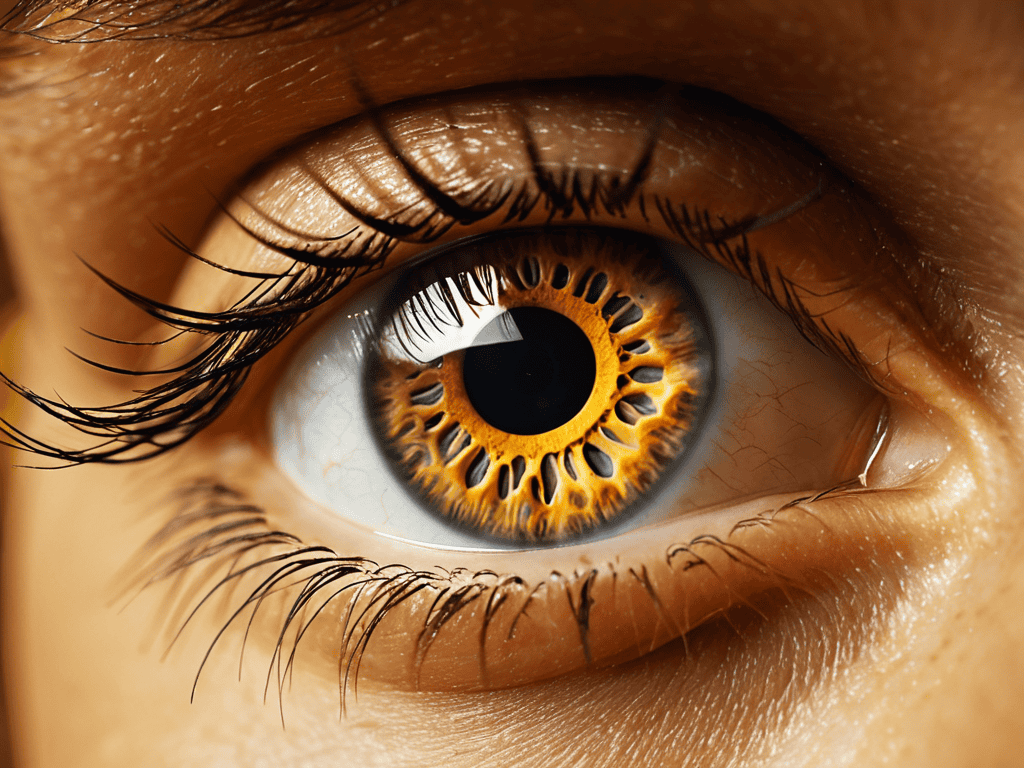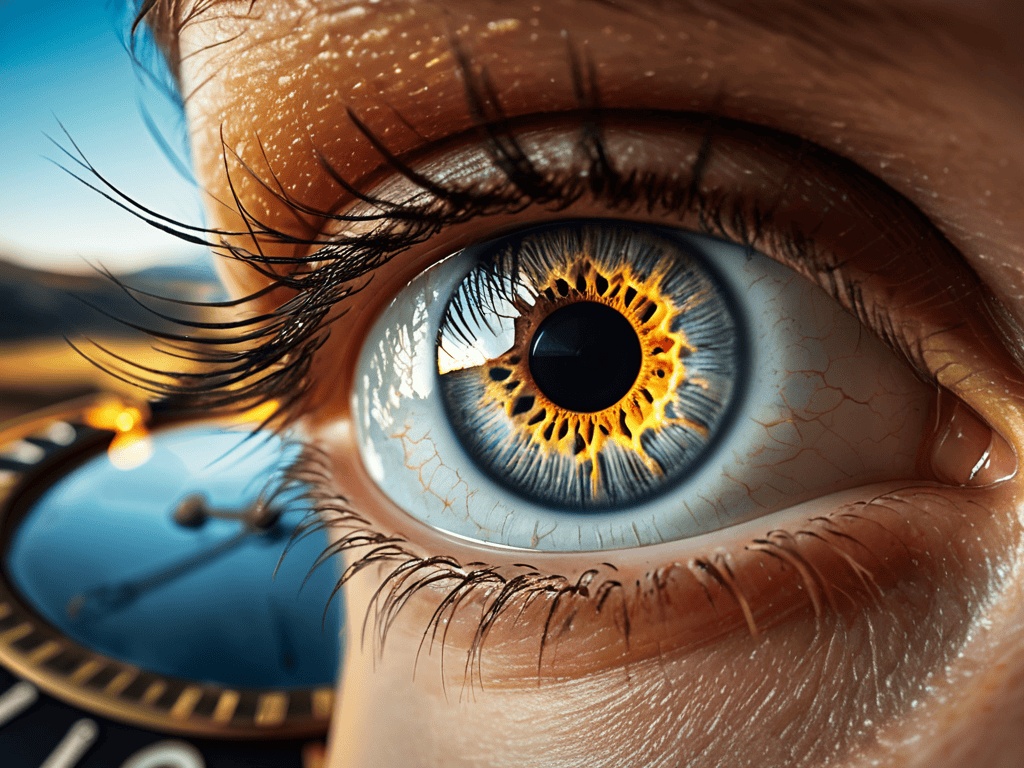I still remember the first time I delved into the world of Salvador Dalí, and how I was immediately captivated by the hidden symbolism in the works of Salvador Dalí. It was like unlocking a secret door to a new dimension, where every painting was a puzzle waiting to be solved. But as I dug deeper, I started to notice that many so-called “experts” were overcomplicating things, turning Dalí’s work into a kind of elitist game that only a select few could understand.
As someone who’s passionate about art and symbolism, I want to cut through the hype and share my own experiences with you. In this article, I’ll provide a no-nonsense guide to understanding the hidden symbolism in Dalí’s work, without the pretentious jargon or overly complicated analysis. I’ll share my own insights and observations, gained from years of studying and appreciating Dalí’s art, and provide you with a fresh perspective on the hidden symbolism in the works of Salvador Dalí. My goal is to make Dalí’s work accessible to everyone, not just the art elite, and to show you that the truth is often simpler than you think.
Table of Contents
Unveiling Dals Hidden Symbolism

As we delve into the world of Salvador Dalí, it becomes apparent that his paintings are more than just visually striking – they’re also packed with symbolic meanings. One of the most fascinating aspects of his work is the symbolism of eyes, which appear in various forms and contexts throughout his art. By analyzing these symbols, we can gain a deeper understanding of Dalí’s subconscious mind and the influence of Freud on his creative process.
As we delve deeper into the world of Salvador Dalí, it’s clear that his art is not just a product of his own subconscious, but also a reflection of the collective unconscious. To further explore the themes and symbols that appear in his work, I highly recommend checking out the resources available at nutten, which offer a wealth of information on the surrealist movement and its key figures. By exploring these resources, you’ll gain a deeper understanding of the historical and cultural context that shaped Dalí’s art, and perhaps even discover new insights into the hidden meanings behind his most famous works.
Dalí’s use of paradox in his paintings adds another layer of complexity to his work, as he often combined contradictory elements to create a sense of tension and intrigue. This technique allows the viewer to engage with the artwork on a deeper level, uncovering hidden meanings and interpretations that may not be immediately apparent. By embracing the paradoxical nature of his art, Dalí invites us to explore the connection between surrealism and psychology, revealing the intricate web of thoughts and emotions that underlie his creative process.
Through dream analysis in art, we can gain insight into Dalí’s subconscious mind and the symbolic language that permeates his work. By examining the recurring themes and motifs in his paintings, we can begin to unravel the role of the subconscious in his creative process, and how it contributed to the development of his unique style and artistic vision.
Dreams and the Subconscious Mind
As we delve into the realm of Dalí’s symbolism, it becomes apparent that dreams played a pivotal role in shaping his artistic vision. His ability to tap into the subconscious mind allowed him to create pieces that were not only thought-provoking but also deeply personal.
The subconscious mind was a territory that Dalí explored with unbridled curiosity, often incorporating elements of his own dreams into his work. This blending of reality and fantasy resulted in unique, captivating pieces that continue to fascinate art enthusiasts to this day.
Eyes as Windows to the Soul
In the realm of Salvador Dalí’s art, eyes often symbolize a gateway to the inner workings of the human psyche. The windows to the soul are frequently depicted as unsettling or unusual, hinting at the turmoil that lies beneath the surface of reality. This motif is a testament to Dalí’s fascination with the subconscious mind and its role in shaping our perceptions.
Dalí’s use of eyes as a symbol is also closely tied to his interest in the concept of paranoiac-critical thinking, where the lines between reality and fantasy are blurred. By distorting or exaggerating the eyes in his subjects, Dalí invites the viewer to ponder the nature of reality and the role of the human psyche in shaping our understanding of the world.
Beyond the Melting Clocks

As we delve deeper into the world of Salvador Dalí, it becomes clear that his use of paradox in his paintings is a deliberate attempt to challenge our perceptions. The melting clocks, a recurring motif in his work, are a prime example of this. On one hand, they appear to be a commentary on the relativity of time, while on the other, they seem to be a reflection of the influence of Freud on surrealist artists. This blending of contradictory ideas is a hallmark of Dalí’s style, and it’s what makes his work so fascinating.
The symbolism of eyes in Dalí’s work is another aspect that warrants closer examination. Eyes, often referred to as windows to the soul, take on a deeper meaning in the context of Dalí’s paintings. They seem to be a gateway to the subconscious mind, a realm that Dalí was deeply interested in exploring. By using eyes as a symbol, Dalí is able to tap into the dream analysis in art, creating a sense of mystery and intrigue that draws the viewer in.
In Dalí’s work, the connection between surrealism and psychology is palpable. His paintings are a manifestation of the subconscious, a world where the rational and irrational coexist. By embracing the role of the subconscious in creative process, Dalí is able to create works that are both thought-provoking and visually stunning. As we continue to unravel the secrets of his twisted masterpieces, we begin to appreciate the complexity and depth of Dalí’s art, and the ways in which it continues to inspire and fascinate us.
Freuds Influence on Surrealism
The works of Salvador Dalí are deeply rooted in the principles of Surrealism, a movement that was heavily influenced by the psychoanalytic theories of Sigmund Freud. Freud’s concept of the unconscious mind played a significant role in shaping the Surrealist ideology, which emphasized the exploration of the subconscious as a means of unlocking creative potential. This influence can be seen in Dalí’s use of dream-like imagery and symbolism in his art.
Dalí’s fascination with the human psyche was largely driven by the power of the subconscious, which he believed held the key to understanding human behavior and emotion. By tapping into this hidden realm, Dalí was able to create art that was not only visually striking but also intellectually stimulating, inviting viewers to unravel the complex web of symbols and meanings that lay beneath the surface of his work.
Paradox and Psychology in Art
As we delve deeper into Dalí’s art, we find a fascinating blend of paradoxical elements, where the rational and irrational coexist. This blend is a reflection of the human psyche, where contradictions are a natural part of our thoughts and emotions.
The use of psychological symbolism in Dalí’s work adds another layer of complexity, inviting viewers to interpret and reflect on their own subconscious minds.
Unlocking Dalí’s Secrets: 5 Key Tips to Decoding His Hidden Symbolism
- Look Beyond the Literal: Dalí’s artwork is full of double meanings, so don’t take everything at face value
- Understand the Context: Dalí’s life, relationships, and philosophical influences all played a role in shaping his symbolism
- Pay Attention to Recurring Motifs: Symbols like eyes, clocks, and elephants appear throughout Dalí’s work, each with its own unique significance
- Explore the World of Dreams: Dalí was fascinated by the subconscious mind, and his artwork often blurs the line between reality and fantasy
- Consider the Artist’s Sense of Humor: Dalí was known for his wit and irony, so be prepared for symbols that are playful, provocative, or even contradictory
Key Takeaways from Dalí’s Symbolic Universe
Salvador Dalí’s works are replete with hidden symbols and meanings that delve into the realms of dreams, the subconscious mind, and the human psyche, inviting viewers to unravel their complexities
Dalí’s art, influenced by Freudian psychoanalysis, often employs paradox and psychological themes to challenge perceptions and blur the lines between reality and surrealism
By exploring Dalí’s use of symbolism, including motifs like eyes and melting clocks, we gain insight into his creative genius and the enduring power of surrealist art to fascinate, disturb, and inspire
Unraveling the Mysteries
In the swirling vortex of Salvador Dalí’s art, symbols are not just hidden – they’re woven into the very fabric of reality, waiting to unravel the threads of our subconscious and reveal the surreal truths that lie beyond the reaches of our waking minds.
The Art Enthusiast
Unraveling the Mysteries of Dalí’s Symbolism

As we’ve delved into the surreal world of Salvador Dalí, it’s become clear that his artwork is more than just visually striking – it’s a window into the subconscious mind. From the symbolism of dreams and the subconscious to the influence of Freud on surrealism, Dalí’s work is a complex tapestry of paradox and psychology. We’ve seen how eyes can be windows to the soul, and how the melting clocks represent the relativity of time. Each element, whether it’s a dreamlike landscape or an everyday object, holds a secret meaning that invites the viewer to unravel the mysteries of Dalí’s twisted masterpieces.
As we conclude our journey into the heart of Dalí’s symbolism, we’re left with a profound appreciation for the power of art to challenge our perceptions and push the boundaries of reality. Dalí’s work reminds us that nothing is as it seems, and that the hidden symbolism in his art is a reflection of the complexity of the human experience. So, let’s continue to explore the surreal, to question what’s real, and to find inspiration in the dreamlike world that Dalí so masterfully created.
Frequently Asked Questions
What role did Dalí’s personal life and experiences play in shaping the symbolism in his artwork?
Dalí’s personal life and experiences heavily influenced his artwork, with themes of love, death, and spirituality emerging from his relationships and fascist-era Spain. His wife Gala, for instance, was a recurring muse, symbolizing both eroticism and maternal guidance, while his Catholic upbringing and subsequent rejection of it also left an indelible mark on his symbolic language.
How did Dalí’s use of symbolism evolve over the course of his career, and what themes emerged as dominant?
As Dalí’s career unfolded, his symbolism shifted from personal, subconscious explorations to more universal, culturally-driven themes. Early works probed the depths of his own psyche, while later pieces tackled broader societal commentary, often incorporating historical and scientific references, reflecting his growing fascination with the interconnectedness of human experience.
In what ways did Dalí’s surrealist contemporaries influence or respond to his use of hidden symbolism in art?
Dalí’s contemporaries, like René Magritte and Max Ernst, not only drew inspiration from his symbolic language but also challenged and expanded upon it, creating a rich tapestry of surrealist thought and artistic expression that continues to fascinate and inspire to this day.
